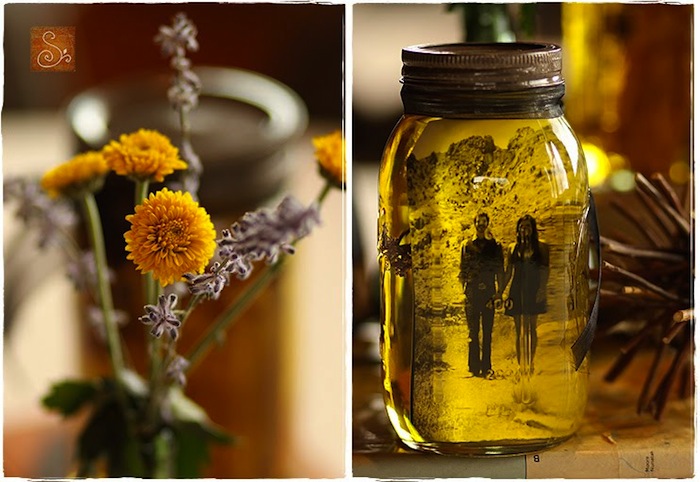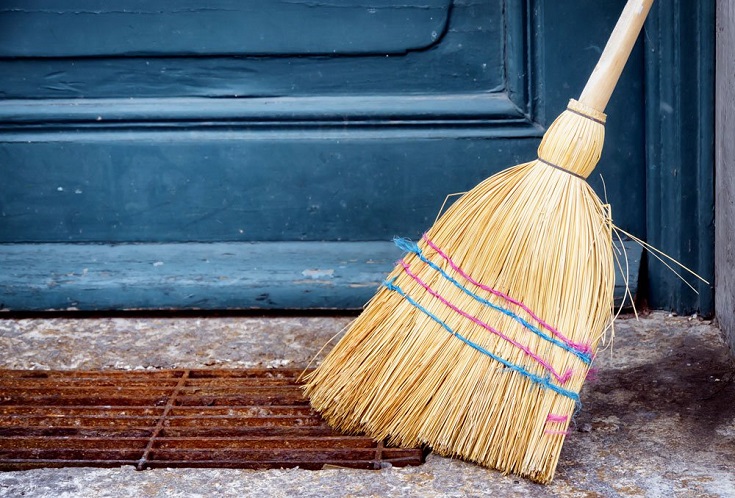Learn which are the best ecological alternatives with which we can learn to reduce the garbage we produce to half its quantity and take advantage of it in favor of the environment.

Today we are surrounded by environmentalists and ecologists who tell us not to generate garbage, that we can recycle, compost and reuse. But our stubbornness outweighs this call, or we start to do something, but find the situation of dividing the garbage tortuous and finally give up. And we think, but that’s what the landfill is for!
But dear friends, this landfill thing is not a real solution. It is like a patch for our wasteful and consumerist actions.
Garbage pollution.
Trash is a human invention. It is the word that we have used to refer to everything that we do not see useful, due to our lack of imagination and our vice of discarding and buying.
However, more than 80% of the things we call “garbage”, we can find a use for it, and even benefit and transform it into rich soil for our plants.
What happens to our little garbage bag after putting it in the municipal container? This is what happens to our garbage when it is put together with that of others:
He gathers with all the little bags of each one of us (in the best of cases) in the municipal landfill. And we form a large mountain of waste that will be very difficult to degrade by nature (even organic). It will be around for hundreds of years.
What happens in this immense accumulation of garbage?
All garbage, especially organic waste (the remains and vegetable peels from our kitchens, pruning, grass, etc.) decompose, but in the absence of oxygen, this decomposition becomes something rotten. Leachates (polluting liquids) are formed that carry the toxic products present in the garbage, and contaminate the groundwater, which is sometimes used for human consumption and irrigation.
And the worst thing is that, as the decomposition of this organic matter is not in favorable conditions and it is without oxygen and in contact with inorganic and toxic materials, significant quantities of gases such as methane and CO2 (gases of greenhouse effect), or toxic gases such as benzene, trichlorethylene, etc. During accidental or provoked fires in these landfills, chlorinated products are released into the atmosphere, when burning, some as toxic as dioxins, declared carcinogenic by the World Health Organization (WHO).
How to reduce garbage?
Therefore, all our organic waste can become soil (such as fruit peels, vegetable waste, coffee, egg shells, pruning, leaves, grass, etc.) and be beneficial to the environment, in an environment It is not suitable for decomposition, it can cause serious environmental damage. Did you know?
What can we do to avoid contamination in landfills?
Organic waste from our house can be up to more than 50% of our total “garbage”.
This means that if we separate the organic from the inorganic matter, we will cut that mountain of garbage in half and we will already be contributing to a huge change and we will even be able to produce soil rich in nutrients for our plants.
So, to put a new garbage can in the kitchen for our organic waste, such as fruit and vegetable peels, coffee, egg shells, pruning’s, leaves, grass, etc.
What do we do with the organic matter that we have separated?
We compost it!
Once our garbage can is full, we take it to our compost bin, a place that will collect all our organic waste. There, organic matter is transformed into earth, since it is a product of it. It is alive, and can be decomposed by microorganisms in an aerobic environment (with oxygen). This process is called composting. It is a rapid process that occurs in front of us without our realizing it and in a few weeks, we will no longer be able to differentiate between the waste, since these are transformed little by little and in about 3 months, we have a rich soil, called Compost, special for use it as fertilizer in our plants.
How to compost if we have an apartment?
You can have a compost container even inside an apartment, without odors and with enough soil for the plants and pots in the house.
The necessary materials:
- A plastic container (not necessarily the same as the one in the photo).
- A knife or exact.
- A sheet of clear acrylic or hard plastic.
- A door hinges.
Steps to follow:
- We cut one of the sides of the container a little smaller than the size of our acrylic daughter and all the way down into the container, as shown in figure 2.
- We glue the acrylic inside the container with the intention of making a window that will show us when the compost is already earth and we can remove it
- We cut the front part of the container to a size similar to the acrylic sheet (we will remove the earth here) and place the hinge on top with the intention of creating a door that we can open and close to remove the earth.
- We drill holes of no more than half a centimeter in diameter across the length and width of the container to generate enough aeration for the compost to function properly.
Ready, we already have a compost container which we can have on a terrace or laundry room without odor problems.








